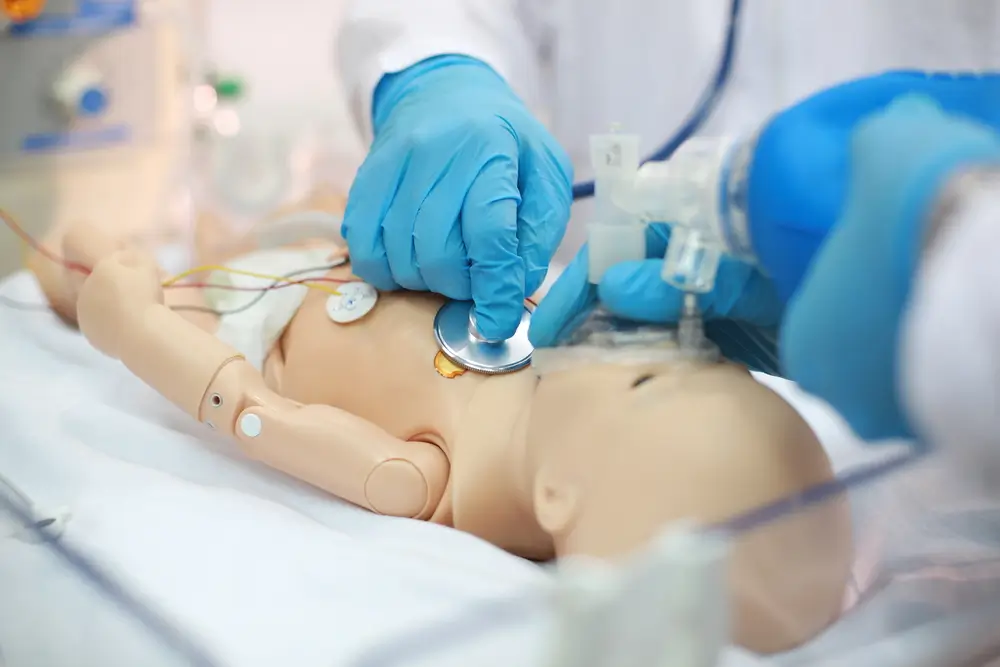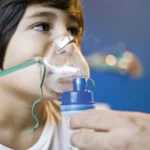A Pediatric Advanced Life Support (PALS) course basically enhances the knowledge of pediatric resuscitation. It does this by giving specialized training because it is tailored to medical professionals who need to deal with pediatric emergencies every now and then. So, by taking up a PALS course, participants learn advanced techniques. This way they can assess and manage pediatric cardiac and respiratory emergencies as well.
These are mostly emergencies that include critical pediatric conditions and include initiating timely interventions and coordinating team-based resuscitation efforts where timely recognition is fundamentally important. Also, PALS recertification courses place a lot of stress on strong and effective communication along with leadership and collaboration in pediatric resuscitation scenarios. So, let us explore more on this by reading further.
1. What Does a PALS Course Cover in Pediatric Resuscitation?
A Pediatric Advanced Life Support (PALS) course equips healthcare providers with specialized skills to manage critical pediatric emergencies with a sense of confidence
- Recognition of Pediatric Emergencies: PALS training focuses on the recognition of conditions such as respiratory distress, shock, and cardiac arrest. Here the participants learn to assess signs and symptoms that show deterioration in pediatric patients.
- Advanced Life Support Algorithms: Next, the course provides us with in-depth instruction on how to make use of advanced life support algorithms. These are very specific to pediatric patients. So, these include a systematic approach on how to manage pediatric cardiac arrest, bradycardia, and tachycardia.
- Pediatric Pharmacology: PALS covers the administration of medications too. These are used in pediatric resuscitation and these include dosages, indications, and potential side effects also. So, under pharmacology, the participants gain proficiency in calculating drug doses based on their weight and age.
- Effective Team Dynamics: PALS points out the importance of effective communication, leadership, and teamwork when it comes to resuscitation. Healthcare providers learn to coordinate their roles and responsibilities within the resuscitation team because this is how patient outcomes can be improved.
- Use of Pediatric Equipment: Then the participants are trained in the use of specialized devices, and intraosseous access tools. Hands-on practice sessions are given to ensure proficiency in using these tools under simulated pediatric emergencies.
- Pediatric Simulation Scenarios: Next, the pediatric simulation scenarios provide realistic hands-on training experiences. These simulations allow participants to apply their knowledge and skills so that they can manage diverse pediatric emergency scenarios.
2. How Does Hands-On Training Benefit Pediatric Resuscitation Skills?
Hands-on training plays a really big role in enhancing pediatric resuscitation skills. It helps in providing practical experience and also helps to apply theoretical knowledge in real-life scenarios.
- Skill Acquisition: Hands-on training allows participants to develop a degree of proficiency in essential pediatric resuscitation techniques. These are skills like airway management, chest compressions, and medication administration. With a lot of repeated practice, healthcare providers gain confidence and competence in performing these critical skills with efficacy.
- Muscle Memory Development: The repetitive practice of pediatric resuscitation manoeuvres helps healthcare providers develop muscle memory. It actually enables them to perform actions instinctively during high-stress situations. This muscle memory leads to the accurate execution of life-saving interventions when caring for pediatric patients in distress.
3. What are the Key Components of Pediatric Cardiac Arrest Algorithms Learned in PALS?
In a Pediatric Advanced Life Support (PALS) course, participants learn key components of pediatric cardiac arrest algorithms. Let us understand what these algorithms cover.
- Basic Life Support (BLS) Algorithm: The BLS algorithm outlines the initial steps for responding to pediatric cardiac arrest. Now this is inclusive of assessing responsiveness, activating emergency medical services (EMS), and initiating cardiopulmonary resuscitation (CPR). So, basically, participants learn to perform high-quality chest compressions and also give rescue breaths so that oxygenation and circulation can be optimized.
- Advanced Life Support (ALS) Algorithm: Next, the algorithm guides healthcare providers through advanced interventions during pediatric cardiac arrest. This includes assessing and managing reversible causes of cardiac arrest, such as hypovolemia, hypoxia, hypo-/hyperkalemia, hypothermia, and toxins. Participants learn to administer appropriate medications and establish vascular access.
Conclusion
Taking a PALS recertification course builds knowledge and skill sets in pediatric resuscitation among healthcare providers. With the help of specialized training, hands-on practice, and simulation scenarios, participants become proficient in recognizing and managing critical pediatric emergencies. Also, with an emphasis on effective communication, leadership, and teamwork, PALS equips healthcare providers to deliver timely and proficient care. This ultimately improves outcomes for pediatric patients who are in need.





